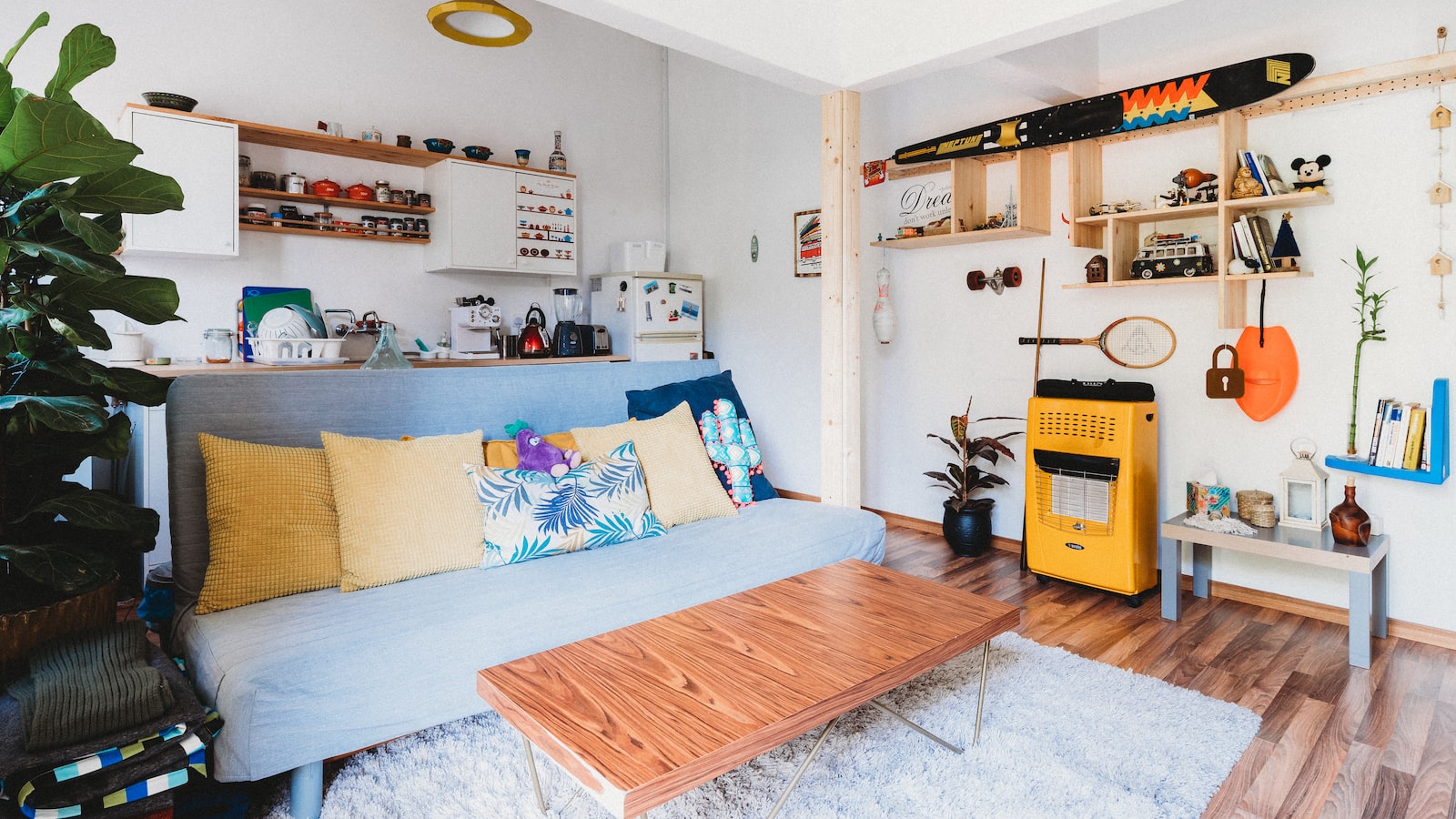Growing Peppers Indoors – Guidelines & Tips
Growing peppers indoors can be a great way to enjoy your favorite peppers year-round. Whether you’re looking to add flavor to dishes, or simply enjoy the beauty of potted pepper plants, growing peppers indoors has become increasingly popular over the years. In this article, we’ll go over the guidelines and tips you need to successfully grow peppers indoors.
Types of Peppers
The first step in growing peppers indoors is deciding which type of pepper to grow. There are countless varieties of peppers available, so make sure you choose one that is suited for indoor growing. Some of the most popular peppers to grow indoors include sweet bell peppers, Cubanelle peppers, habanero peppers, jalapeno peppers, and serrano peppers.
Getting Started
Once you’ve chosen the type of pepper you want to grow, it’s time to get your indoor pepper plants started. To begin, you’ll need a pot for your pepper plants, as well as potting soil. Make sure to choose a pot that has enough drainage holes to ensure your pepper plants stay healthy.
It is also important to choose a potting soil that is specifically made for peppers. Regular garden soil won’t do the trick, as it won’t offer enough nutrients for your pepper plants.
Light Requirements
Next, you’ll need to create a light source for your pepper plants. Peppers need bright, direct sunlight in order to thrive. The amount of light that your pepper plants need will depend on the type of pepper you’re growing, so make sure to research the specific requirements for your particular pepper variety.
In most cases, peppers need at least four hours of bright, direct sunlight each day. This can be achieved by placing your pepper plants near a sunny window, or using a high-powered LED grow light.
Water & Fertilizer
Just like any other plant, peppers need consistent watering and fertilizing to stay healthy. Make sure to water your pepper plants regularly so that the soil stays moist but not soggy. As for fertilizing, it is best to use a liquid pepper fertilizer to give your plants the nutrients they need.
It is also a good idea to give your pepper plants a boost of composting every now and then. Compost is a great source of nutrients and is beneficial for pepper plants.
Pests & Diseases
Finally, it is important to be aware of the potential pests and diseases that can affect pepper plants. The most common pests include aphids, thrips, spider mites, and whiteflies. As for diseases, the most common are bacterial spot, bacterial wilt, and anthracnose.
If you notice your pepper plants developing a pest or disease, it is important to address the issue immediately. You can treat pests and diseases with a combination of chemical and natural treatments, such as insecticidal soaps, neem oil, and sulfur sprays.
Conclusion
Growing peppers indoors can be a rewarding and enjoyable experience. With the proper care and attention, your pepper plants will thrive and provide you with an abundance of delicious peppers throughout the year. With the guidelines and tips outlined here, you now have all the information you need to get started on your indoor pepper growing journey.



